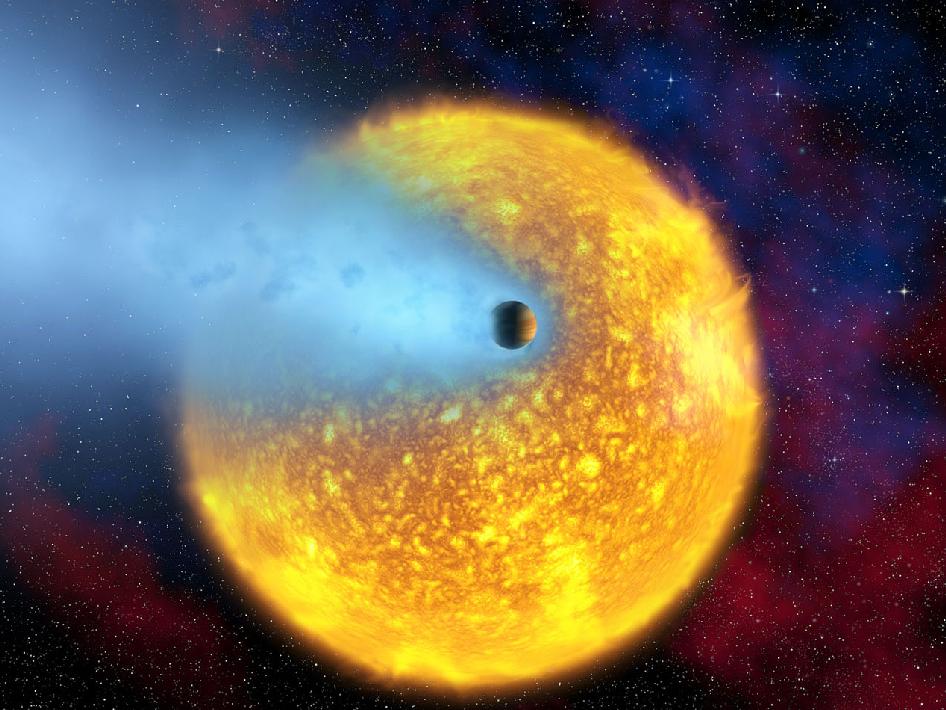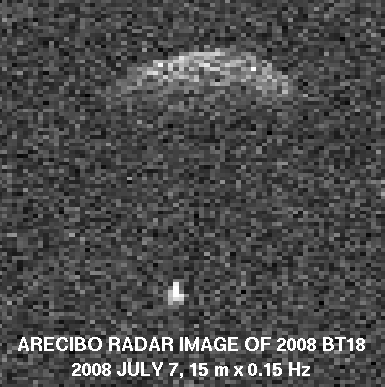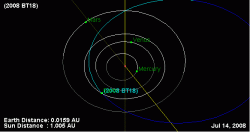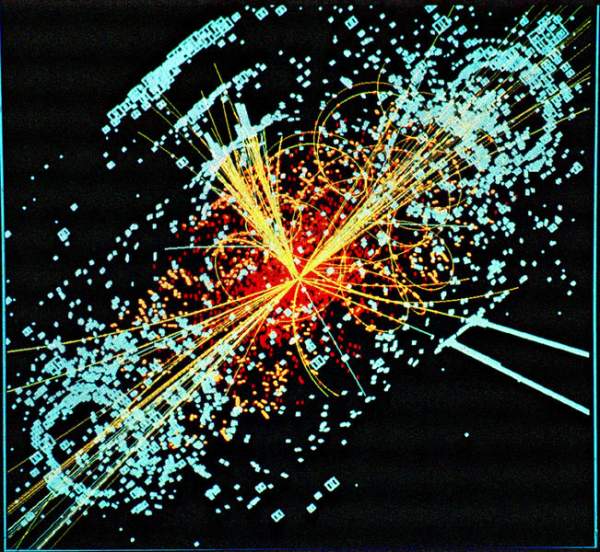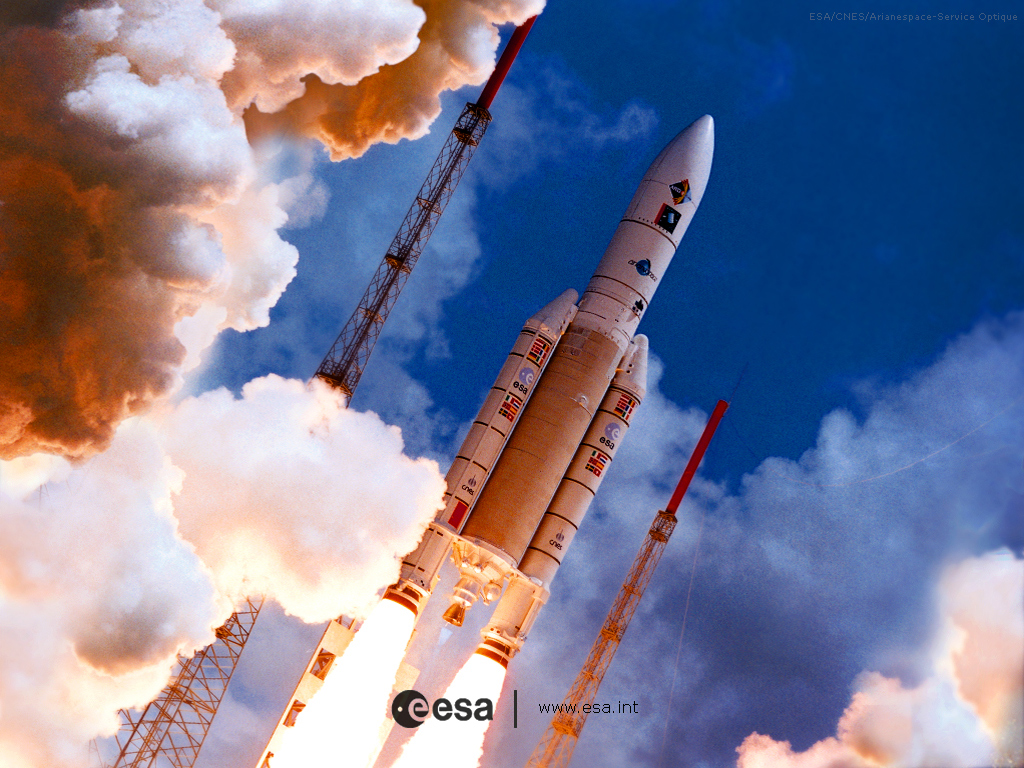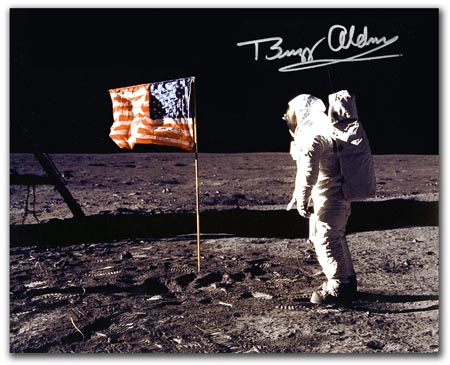Observations of planets orbiting other stars are becoming increasingly common as astronomical techniques become more and more sophisticated. But some extrasolar planets have a stronger than normal spectroscopic signature, often stronger than their optical signature. What could be causing this? In a recent study, observations of the extrasolar planet HD 209458b (also unofficially known as “Osiris”, which orbits a star in the constellation of Pegasus) revealed the strongest ever spectroscopic signature for a giant extrasolar planet, indicating Osiris is producing a huge cloud of gas. This gas is being lost from the planet’s atmosphere; Osiris is evaporating…
Osiris orbits a star (imaginatively) called HD 209458, a yellow dwarf not too dissimilar to our Sun (with 1.1 solar masses, 1.2 solar radii and a surface temperature of 6000 K). This extrasolar planet is special in that it is readily observable during its transit period of 3.5 terrestrial days. This very short year is due to its small orbital radius of only 0.047 AU. Osiris could be called a “hot Jupiter” as it is a gas giant, approximately 60% the mass of Jupiter and it orbits within 0.05 AU of its parent star. Because of its close proximity to HD 209458, Osiris has a surface temperature of over 1000 K.
Osiris’ size and compact orbit causes HD 209458’s luminosity to vary by 2% as the planet passes in front of the star. It is for this reason that HD 209458 has been designated as a “variable star” with the name V376 Pegasi.
However, spectroscopic analysis of the star show that emissions from elements such as neutral hydrogen and a carbon ion are dimmed far more than the 2% optical luminosity dimming. What could be causing this increase in dimming for spectroscopic emission lines? As light is produced by HD 209458, it is blocked by the Osiris planetary disk, creating the 2% dimming observed by optical instrumentation. However, something is increasing the disk cross section area, absorbing certain spectral wavelengths of stellar emission. For example, there is a 5-15% dimming effect on neutral hydrogen (H I at 121.6 nm) and a 7-13% dimming effect on both atomic oxygen (O I at 130.5 nm) and singly ionized carbon (C II at around 133.5 nm). This led astronomers to realize there was a cloud of gas surrounding Osiris, allowing most of the optical wavelengths to pass through, but absorbing some spectroscopic lines.
As Osiris is orbiting so close to its star, the X-ray and EUV emissions are exciting gases in the exosphere (the uppermost reaches of the gas giant’s atmosphere), causing heating and expansion. As the planet is strongly influenced by its star’s gravitational pull, tides will play a strong part in amplifying the expansion of Osiris’ atmosphere. At a certain point, when the planet’s “exobase” (or the base of the exosphere) reaches the Roche Limit, atmospheric gases will begin to escape the gravitational pull of the planet and the interaction with HD 209458 causes a geometrical blow-off, ejecting huge amounts of atmospheric gases into space. The atmosphere of Osiris is therefore evaporating.
This is an intriguing subject, and more details can be found in the review recently published by David Ehrenreich from the Laboratoire d’astrophysique de Grenoble, Universite Joseph Fourier, France.
Source: arXiv:0807.1885v1 [astro-ph]

